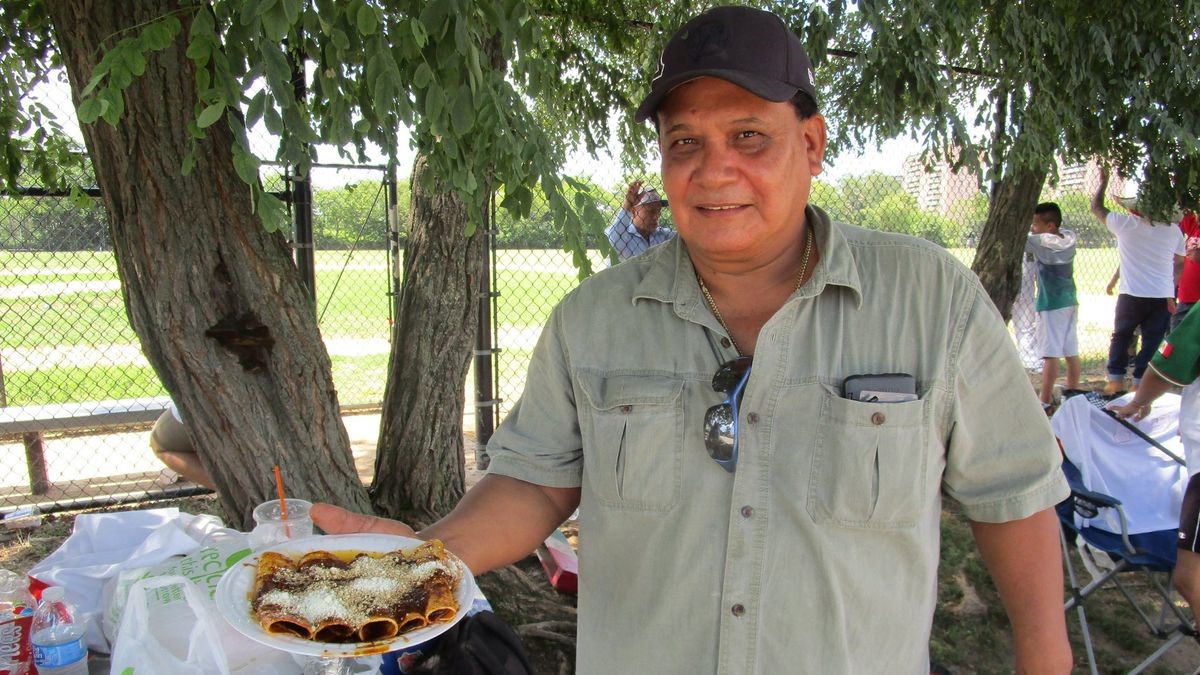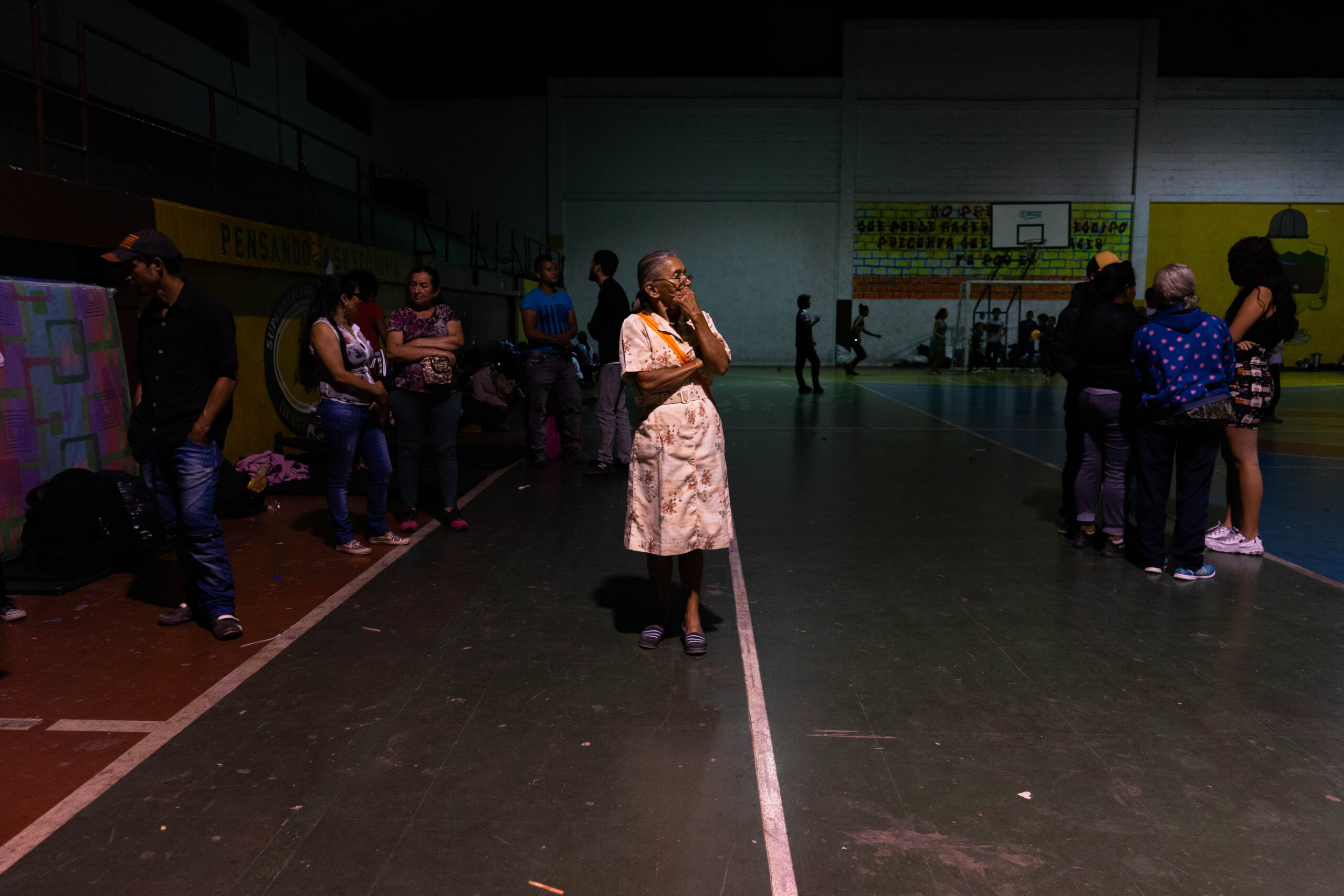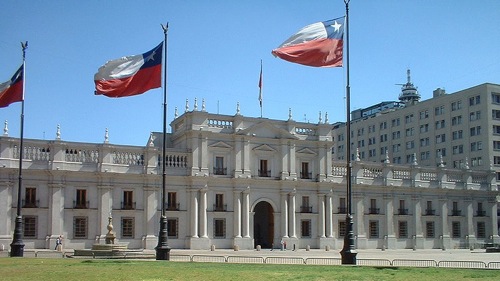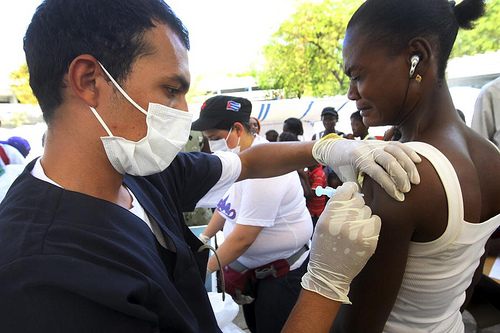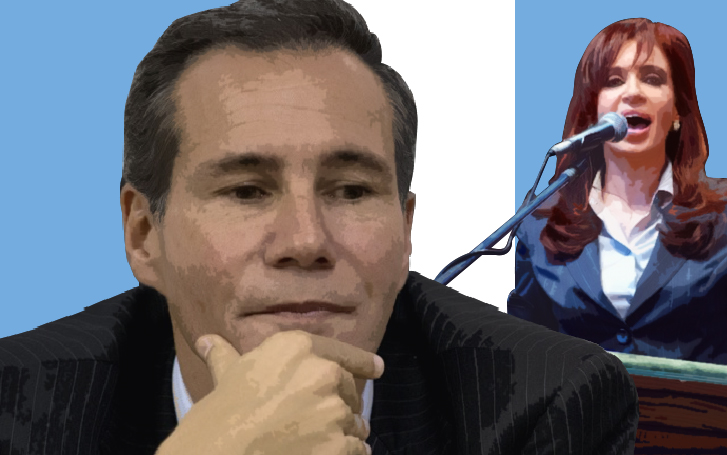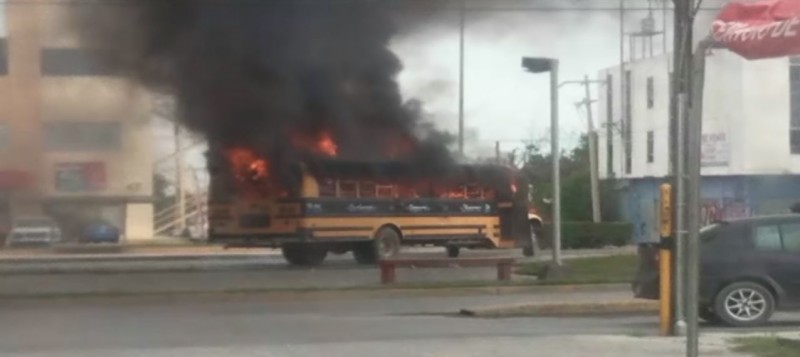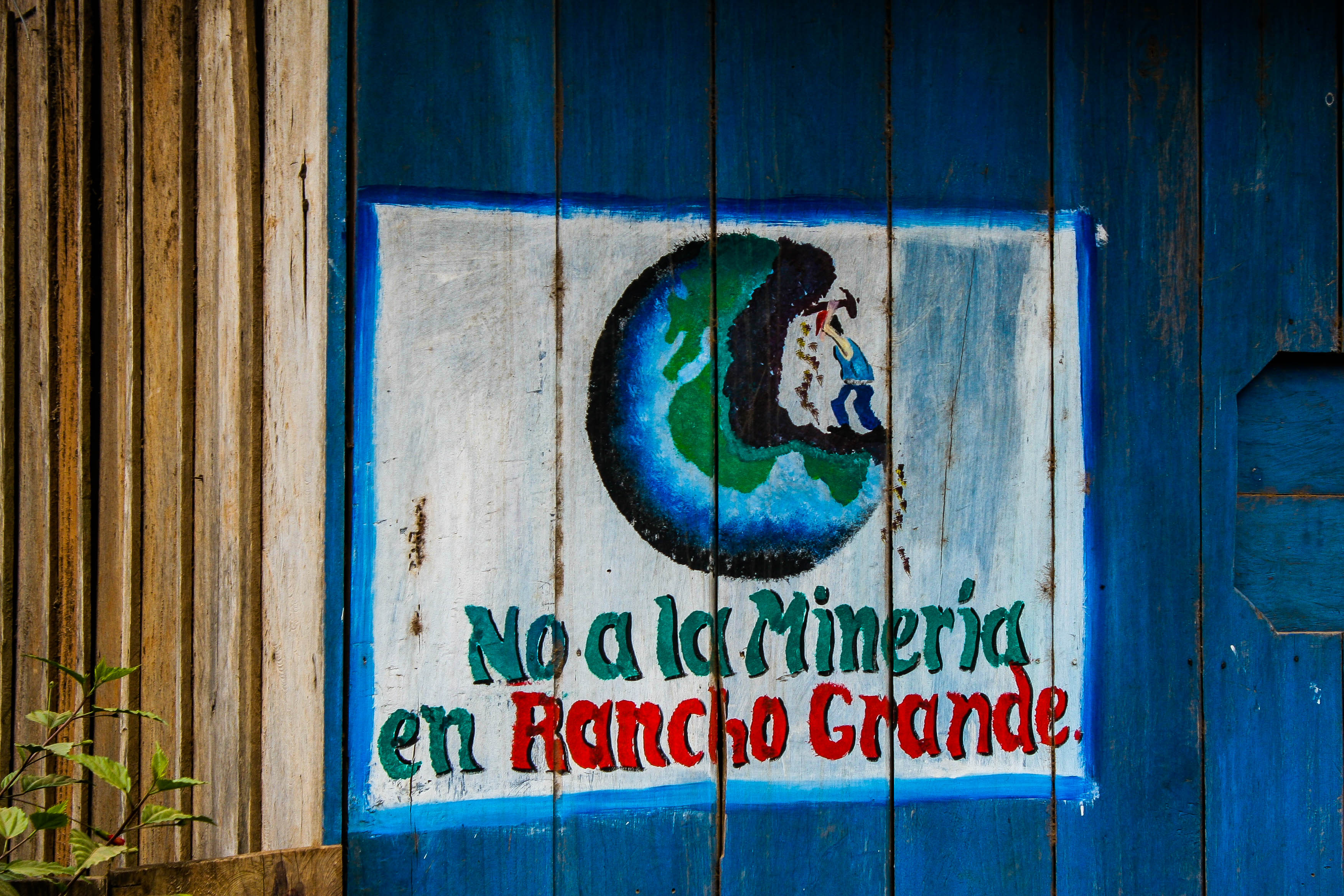
Central America, Dispatches, Nicaragua
In Nicaragua, A Conflict Over Mining Near the World’s Second-Largest Rainforest
April 20, 2015 By Max Serjeant
RANCHO GRANDE, Nicaragua — Father Pablo Espinosa looks down pensively, taking his time to think as he speaks.
“In the history of Nicaragua there is not one town that has benefited from mining,” he says. “I have visited other communities and seen the contamination. All they have is disease and more poverty than before.” Behind him the green mountains disappear into the distance and farmers bring their harvest to the village market.
“The people of Rancho Grande don’t want their home to be destroyed. They don’t want to be displaced,” he says as he gestures beyond the church gates.
Nicaragua has captured international attention recently thanks to its infamous transoceanic canal project. Reporters from around the world have started to question the environmental impact that the project will have, and have covered the protests that have started to take place against it.
Less well known, however, is that another project has also recently started in Nicaragua — one that threatens to have equally devastating effects for the local population.
Since August 2012, a Canadian mining company named B2 Gold has been in the exploratory phase of its gold mining operations in the municipality of Rancho Grande. Last year, the government of Nicaragua signed an agreement allowing them to begin mining, and the mine opened on Jan. 15 — three weeks after work began on the canal.
As the community’s priest, Espinosa feels it his duty to protect his flock, and so for the last three years he has been a prominent member of the Guardians of Yaoska, a local movement hoping to stop the mine. The primary concern of the movement against the mine is that chemicals used in the extraction process will leach into the Yaoska river and pollute the surrounding countryside.
The Rancho Grande municipality is located between two protected national parks, and the mine sits right next to the edge of the vast Bosawás Biosphere Reserve, creating further concern. This largely unexplored protected area is the second largest rainforest in the western hemisphere. It is home to Sumo and Miskito indigenous groups as well as many species of plant and animal life.
While the company has told local people that they will not use poisonous chemicals, the movement leaders are not convinced, and they point to the two other mines that B2 Gold already operates in Nicaragua. A study by the Van Humboldt Center, an environmental foundation based in the capital, found dangerous chemicals (including cyanide) in water sources at both mines.
B2 Gold did not respond to emails or phone calls requesting comment for this article.
The company arrived in the country in 2009, when it bought the El Limon and La Libertad mines. Since then, it has bought the rights to a mine at Rancho Grande, as well as going into a joint venture in a mine near the town of Siuna. It also owns holdings in five other countries across Latin America, Africa and Asia.
The Guardians of Yaoska have taken on the task of warning the population of Rancho Grande about the potential environmental dangers, as well as organizing marches to demonstrate popular opposition to the mine. Their task has not been easy, however, and they say that they have faced opposition from both the company and the Nicaraguan government.
“The mayor was against the mine, but now that she has been elected, she marches publicly in favor of it,” says Espinosa. “People working in local government are forced to join these marches or they will lose their jobs.”
Perhaps more concerning has been the state’s reaction to the protests that the Guardians of Yaoska have organized — something Jaime Valenzuela, the owner of a local hotel and an active member of the movement, has seen first-hand.
“We have had people turn up and attack us with rocks when we were marching,” Valenzuela says. “Another march was organized in Matagalpa -– the department capital -– but they pressured the bus cooperative so that no buses came that day. We started marching and were stopped by a line of police. After a few hours we had to turn back.”
A similar incident occurred at another of the company’s mines in Santo Domingo last February when police broke up a march organized by the local community, arresting twelve and later releasing them in exchange for an end to the unrest.
B2 Gold is also alleged to have used underhand tactics in order to win the support of the population, including attempting to bribe the community. These claims are backed up by research done by the Von Humbolt Center, which found evidence of gift giving as a tactic to gain support.
“There is a petition designed to show support for the mine. When you go to the hospital you have to sign a release form but it is actually the petition,” Espinosa explains. “They give money to farmers and teachers and have offered me the construction of chapels in exchange for support.”
The argument that has been put forward in favor of mining projects in the region is that they will encourage development. According to government statistics, 68.6% of its residents are classed as living in extreme poverty, making the municipality the fifteenth most impoverished in an already poor country. B2 Gold has promised to bring jobs and money into the local economy, arguing that their investment will lift the community out of poverty.
Espinosa however, is skeptical. “All the gold will go to Canada or the international market and not bring any benefits. The only work they can provide is breaking rocks, which damages the lungs.”
Nicaragua has been blessed with an abundance of precious metals, most notably gold, silver and iron. During the dictatorship of the Somoza dynasty, mining was one of the largest sectors of the country’s economy. After the overthrow of the dictatorship, the mining industry was nationalized and foreign companies were expelled as part of the Sandinista’s socialist government. The party, however, has revealed a change in attitude since its re-election in 2006, turning Nicaragua into an extractive economy. Multinationals are active in the country once again, and this, coupled with the lack of government investment, has created discontent.
A few hours east of Rancho Grande is an area known as the “mining triangle,” and the aptly named town of Bonanza. This is a remote part of the country where mining companies often have more control than the state.
Groups in the mining triangle have started arming themselves and attacking government buildings and representatives, angered by the lack of development and the perceived corruption of President Daniel Ortega’s government, according to reports in the Nicaraguan newspaper La Prensa. This is not the first time that the region has seen this type of conflict. In 1999, a Canadian mine worker was kidnapped by FUAC, a group of ex-Sandinistas active in the late 1990’s.
It is believed that these new groups are made up of dissatisfied campesinos as well as former anti-communist rebels, or “Contras,” left over from Nicaragua’s war in the 1980’s, although information is hard to come by and the government denies their existence.
This little known conflict, while still beginning, has been growing for several years now in the heart of Nicaragua’s most established mining region. It is not hard to see why Father Espinosa is afraid of the new mine at Rancho Grande. “I am a Christian and have a family so I will not go,” says Jaime Valenzuela, “but if the mine goes ahead, I think others will take up arms.”
The future looks uncertain for Rancho Grande. One of the conditions of the mining license granted by the government to B2 Gold was to win the support of the local population, something that the company has failed to do. However the project is going ahead regardless.
Despite this, Father Espinosa is optimistic. “This fight is like an ant versus and elephant and the government has all the power,” he says. “Until now we have remained united and we must persevere and create an understanding that this company will not solve our problems, it will only increase them.”
About Max Serjeant
Max Serjeant is a journalist and photographer from London. He is currently pursuing a master's degree in Latin American studies at the University of Leiden in the Netherlands. He runs the website Masaya, where his work can be found.
